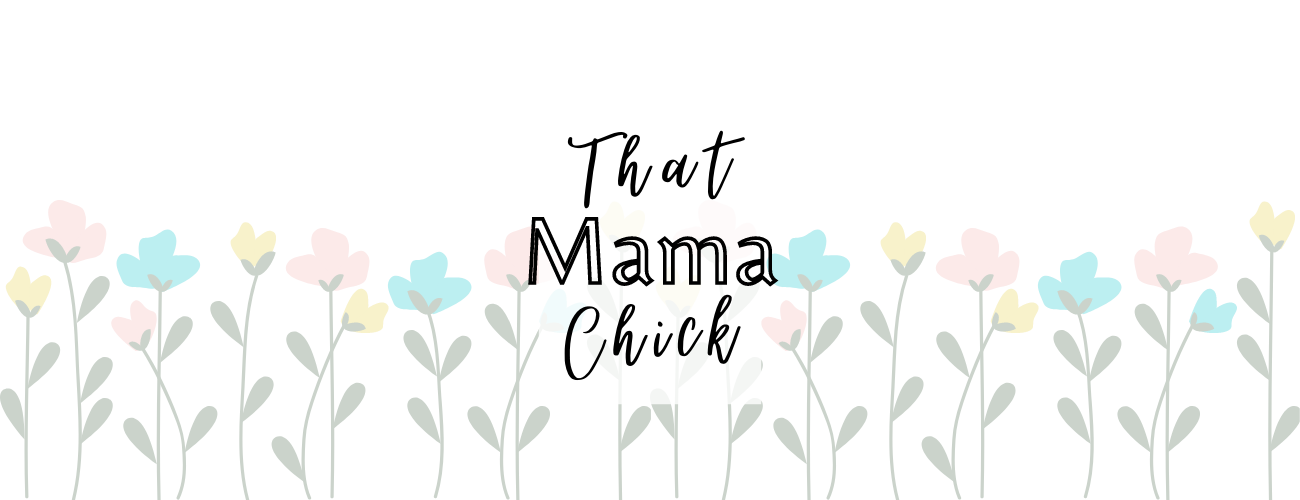Sensory bottles are an amazing visual stimulation and calming tool for kids, now make it a rain stick sensory bottle and there’s an additional audio aspect! The gentle sound of the rice running through the natural wood is sure to have any kid mesmerized.
The Video
Watch this short video I made for my Instagram Reels then scroll down for a more detailed explanation of the items used.
Materials for the Rain Stick Sensory Bottle
Here’s a short list of the materials and then I’ll talk about how to prepare each material.
- An empty Voss water bottle
- Sticks from outside (approximately the same length as the bottle)
- Dyed rice
- Colored beans
- Superglue

The Water Bottle
I love using Voss water bottles for sensory play. I (for my own use, or for very supervised use) really like the glass ones. However, I have had a glass Voss bottle slip from small fingers onto my tiled kitchen floor… getting oil and glitter absolutely everywhere. Since then, most of my sensory bottles are plastic. The plastic bottle labels are also much easier to remove, just peel them off slow and steady.
Let me know in the comments if you would like a short tutorial (or even a short video) on how to remove the labels from the glass bottles. The “labels” are printed on, so they require more effort to remove, but it’s easier than you’d think.
Collecting Sticks
This simple step can be an activity of its own for your kids. Get them outside and send them on a mission to collect short sticks. Jane was a very enthusiastic stick gatherer.
The stick size doesn’t matter too much. Not too chunky and about the same length as the bottle.
You’ll want to use a cleaning brush or an old toothbrush and give the sticks a bit off a brush down otherwise the loose bark will all flake off inside the bottle.
Dyed Rice
For the rice, there’s no reason you can’t keep it natural and use a white and brown rice blend. But I highly recommend dying your rice, look how beautiful those colors are!
Don’t be intimidated if you have never done this before, it’s SO easy. Here’s a brief explanation, but you can find a ton of other full tutorials and videos online.
How To Dye Rice: Put a cup or so of rice into a Ziploc bag along with a few drops of food coloring and a tablespoon or 2 of white vinegar. Seal it and squish it all around until the color is evenly spread. (Get the kids involved in this part. Squish squish squish) then dump it into a paper-towel-lined baking pan until dry out. It dries very fast, only a few minutes.
Other things that can be dyed the same way: Dry corn, rolled oats, salt.
Colored Beans
Dried beans don’t take dye the same way that rice does so you need to use a slightly different technique but it’s just as easy.
How to Color Beans: Put dried beans into a bag same as the rice but add a few squirts of acrylic paint instead of food dye. Don’t add vinegar, but you can add a tiny bit of water if it seems like it needs a little help. Squish it around and spread in one even layer on a paper towel until dry.
Other things that can be colored the same way: Pasta, split peas, chickpeas.
HERE is a quick video I made showing the process.
Superglue
I always superglue the inside of the lids before screwing them tight. No one needs all that mess dumped all over the house!
Putting it all together
As you can see in the video, Jane, my 2-year-old, put most of this Rain Stick sensory bottle together. She really enjoyed the challenge of getting everything into the bottle. I encourage you to get your kids involved in as much of the process (from dying the rice to filling the bottle) as their abilities allow. The creative process is just as beneficial to them as playing with the finished product.
Let them collect the sticks, squish the bags, and put the beans one-by-one into the bottle.






